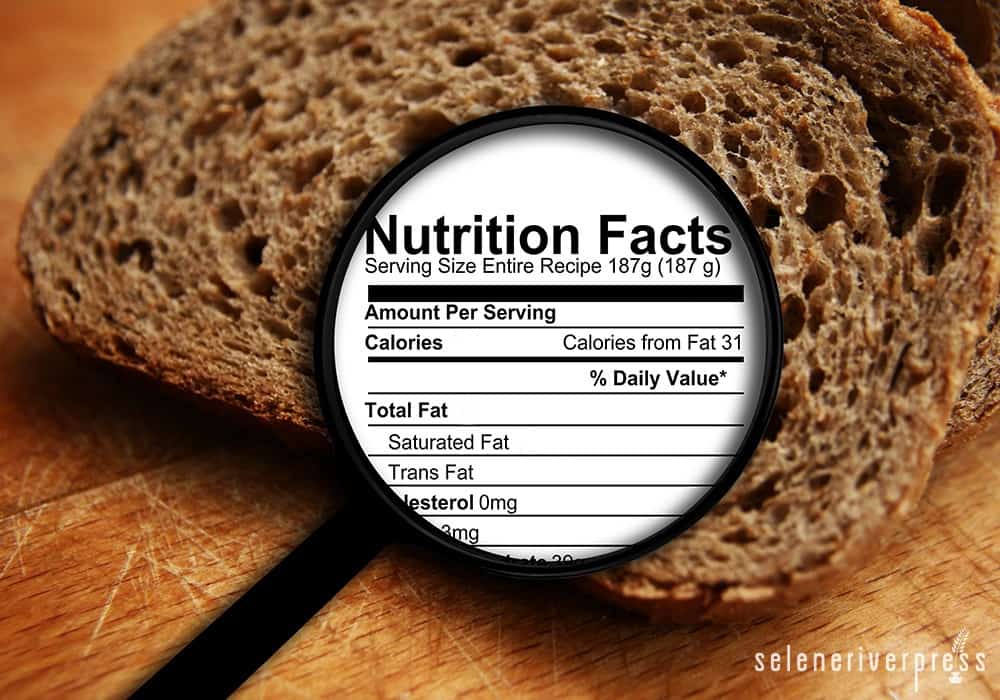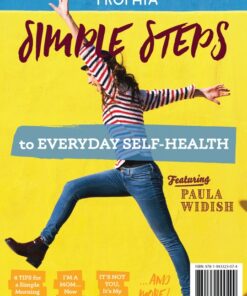When you’re first starting out on your self-health journey, chances are pretty good that one of your first moves will be to start noticing food labels at your local market. You’ll want to make sure there are zero grams of this and “all” of that, so you keep a keen eye out for those things. It’s a fine place to begin.
Then one day you come across a new tidbit of information that makes you realize food labels aren’t quite as transparent as you thought, and you begin to question things even more. The new inquiry in your head goes something like this: Has food label math given me a false sense of security?
I’ve never enjoyed being the bearer of bad news. However, the answer to your question is a resounding yes! The complex nuances of food labeling can make you feel like you’ve been duped by the powers that be. Don’t let it get you down—we’ve all been there.
If you haven’t had this realization yet, let me clue you in to the trickery I’m referring to with a couple of riddles.
When does zero grams not really mean zero?
Answer: When the total amount is less than 0.5 grams. You remember when you learned the concept of rounding up or down back in grade school math, yes? Well, it applies here too.
Trans fats offer a great example of this false sense of security. These babies are bad—bad to the bone, I tell ya.
In Healthy 4 Life from the Weston A. Price Foundation, we’re reminded that consuming trans fats causes a whole slew of health problems: “Your enzymes, receptors and even your cells don’t work properly; your body can’t make hormones and has trouble healing; you may suffer from reduced energy levels, weight gain and even difficulty thinking.”
And this isn’t even the full list of concerns!
As you answer this riddle for yourself, you’ll realize it isn’t enough to look at the nutrition panel and see zero grams of trans fats. You actually need to make sure the ingredients don’t list hydrogenated or partially hydrogenated oils, which are trans fats. As long as the amount used is less than 0.5 grams, it can be listed as zero in the nutritional panel.
When is “all” not 100 percent?
Answer: When we see “All Natural” or even “Organic” on a label, we assume certain things, including that the food item is 100 percent healthful and worth our hard-earned dollars. The truth is, that ain’t always the case.
The word “natural” on food labels doesn’t really mean a blasted thing because it’s not regulated by the FDA. While “natural” designates minimal processing and no artificial colors, flavors, or preservatives for meat and poultry products, for any other food… it’s a crap shoot! The nutritional value of what’s inside the package could be everything you’re trying to avoid.
Now let’s dissect the math behind the “organic” label. If the package states “made with organic ingredients,” it only requires 70 percent of those ingredients to be organic—which means the remaining 30 percent could be almost anything. Flip that package around to find the list of ingredients, and make sure it is what you think it is before it lands a spot in your cart.
As you can see, food label math can be even more confusing than the “new math” your kids are learning in grade school! (And don’t even get me started on all the crazy labels on egg cartons.)
If food label math has been giving you a false sense of security, it’s time to step up your game. Build on your self-health education with shopping guides like Put Your Money Where Your Mouth Is! by Stephanie Selene Anderson and the Weston A. Price Foundation Shopping Guide (also available as the Find Real Food app.)
Image from iStock/alexskopje.



